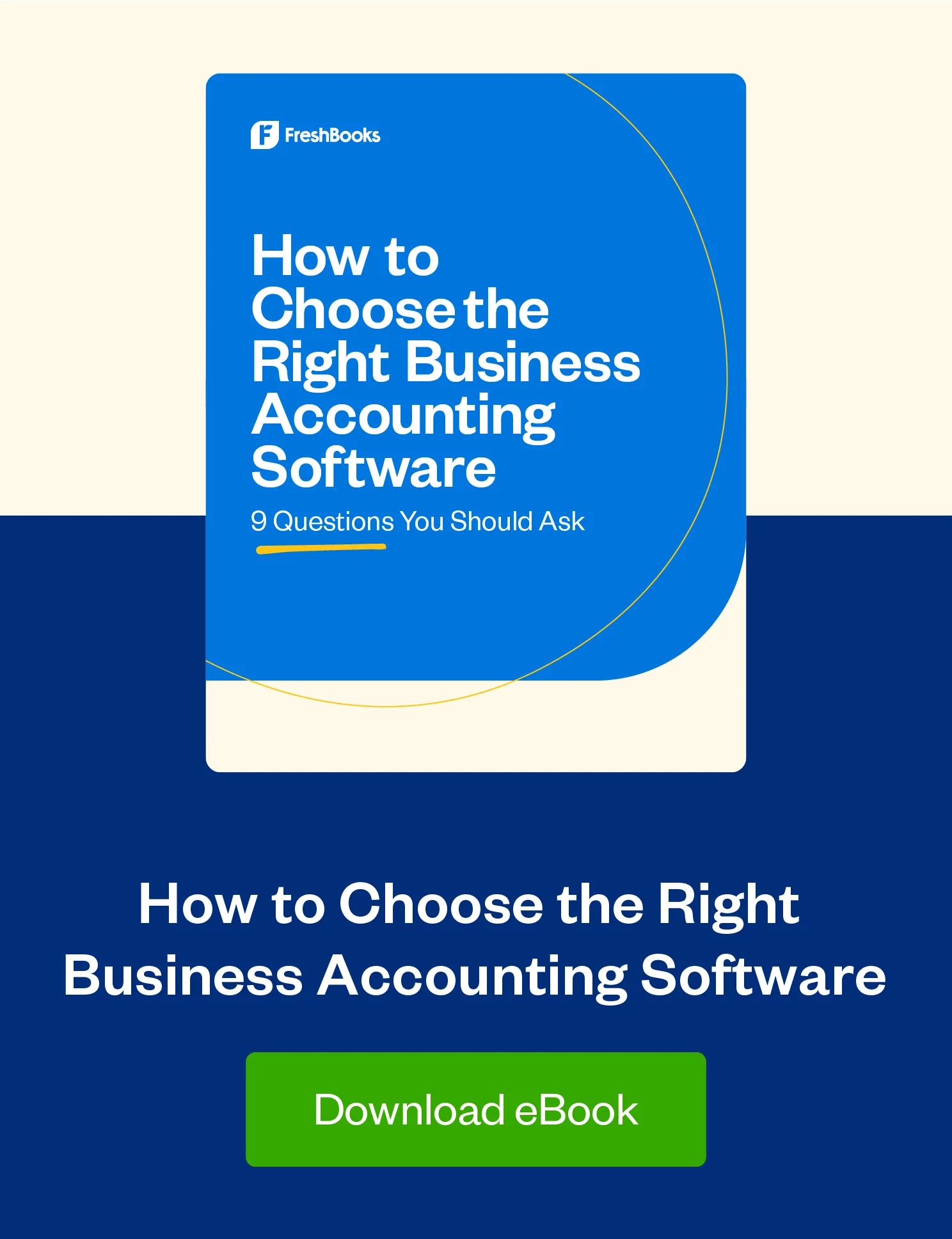Beyond your balance sheet, your business structure will affect how you pay tax and what you owe HMRC.

There’s lots of new water to navigate when you start a business. You will love parts of it, but others will give you a major headache. Figuring out your business structure and how this affects your taxes can sometimes be the latter. Nobody wants to lay awake at night worrying they’re paying more tax than they need to, or they haven’t registered for corporation tax when they should have.
When it comes to business taxes, the trick is to know how much your business earns and spends. And your company’s business structure—sole trader, partnership, limited liability partnership (LLP), or limited company—will determine what taxes you pay and how much you’ll pay at tax time.
Our guide reflects the UK tax system and you should treat it as general information. It’s no substitute for the advice of a tax or financial adviser who’s familiar with your specific circumstances. They’ll be able to help you when it comes to sorting out your taxes. business structure, and business profits.
- What Are the 4 Types of UK Business Structure?
- 1. Sole Trader
- How It Affects Your Taxes
- Pros and Cons
- How to Register
- 2. Partnership
- How It Affects Your Taxes
- Pros and Cons
- How to Register
- 3. Limited Liability Partnership
- How It Affects Your Taxes
- Pros and Cons
- How to Register
- 4. Limited Company
- How It Affects Your Taxes
- Pros and Cons
- How to Register
- There’s No One-Size-Fits-All Business Structure
What Are the 4 Types of UK Business Structure?
In the UK, there are 4 kinds of business structure you need to be aware of:
- Sole trader
- Partnership
- Limited liability partnership
- Limited company
Let’s look at each of these individually, covering how they work, what their pros and cons are, and what each structure means for your business tax. For some, you’ll need to be registered with Companies House.
1. Sole Trader
Sole traders are considered to be self-employed. You’re responsible for running your own business and meeting the legal requirements that come with this. You can keep hold of the profits you earn after you’ve paid tax, but you’re personally responsible for any of your business’s debts. Sole traders can employ staff.
Rather than having your tax deducted by your employer, you’ll need to do this yourself by filing for self-assessment.
How It Affects Your Taxes
Sole traders pay income tax on their business’ profits. You’ll pay tax on any profit over the personal allowance of £12,570 as long as you’re not earning any other income, such as a salary from a permanent job. And how much tax you pay will depend on which rate your income is subject to.
There are 3 rates:
- The basic rate of 20% (for income between £12,571–£50,270)
- The higher rate of 40% (for income between £50,271–£150,000)
- The additional rate of 45% (for income over £150,000)
There are different rates in Scotland.
You pay Class 2 and 4 National Insurance contributions too. The amount you pay also depends on how much you earn:
- Nothing for profits under £6,515
- £3.05 per week for profits between £6,515–£9,568 (Class 2)
- 9% for profits between £9,569–£50,270 (Class 4)
- 2% for profits of £50,270 and above (Class 4)
Additionally, if you earn more than £85,000, you must register for value-added tax (VAT). You can register for this voluntarily if you earn less than £85,000 and want to claim VAT on the business purchases you make. You’ll have to submit VAT returns if you do.
Pros and Cons
Pros
- Low running costs
- Easy to set up
Cons
- You’re fully liable for your business’ debts
How to Register
You must register for self-assessment if you earn more than £1,000 or more from self-employment during the tax year by 5th October in your business’ 2nd tax year. You don’t need to register with Companies House or pay corporation tax.
2. Partnership
A partnership is when 2 or more people share responsibility for their company’s management and profits. Each partner pays tax on their share of the profits. That said, a partner doesn’t have to be an actual person. It has to be a legal person, and this could be a limited company.
1 person needs to be a nominated partner. This person is responsible for managing the partnership’s tax returns and keeping records. You should have a partnership agreement document outlining:
- Liabilities
- Ownership
- How profits are split
- What happens when a partner leaves
All partners are responsible for any debts the business owes.
How It Affects Your Taxes
Each partner must register as self-employed, send their own self-assessment tax return, and pay any income tax and National Insurance contributions they owe to HMRC.
And just like being a sole trader, you’ll need to register for VAT if your partnership earns more than £85,000 (or voluntarily if you earn less than this but want to claim VAT on business purchases).
But there’s no need to register with Companies House or pay corporation tax when you’re in a partnership.
Pros and Cons
Pros
- Easy to form, manage and run
- More potential to raise money
Cons
- Potential partnership disagreements
- All partners are liable for debt
How to Register
When you set up a business partnership, you’ll need to:
- Choose a name for your business
- Decide who the nominated partner will be
- Register your partnership with HMRC
3. Limited Liability Partnership
Unlike in a partnership, there’s no limit to the number of partners there can be in a limited liability partnership. But at least 2 of you have to be designated partners, responsible for filing annual accounts.
Similar to a limited company, LLPs protect their members’ assets and limit liability for however much has been invested in the business. Plus any personal guarantees that were given when raising loans.
How It Affects Your Taxes
Each member’s share of the profits is considered taxable income, like in a partnership. This means each member must register as self-employed, complete a self-assessment tax return, and pay income tax, National Insurance contributions, and VAT (if they earn over the threshold). LLPs don’t pay corporation tax.
Pros and Cons
Pros
- Can be incorporated if the members’ agreement states this
- Benefits of both a partnership and limited company
Cons
- Partners must disclose their income
- Must trade within 1 of year of registering or be struck off
How to Register
Each member must register for self-assessment, and the LLP must be registered with Companies House. There should also be a members’ agreement stating how much profits each member receives.
4. Limited Company
A private limited company is incorporated and limited by shares. The company has shareholders and the shareholders’ liability to creditors is limited to any money they originally invested. Shareholders’ personal assets are protected in the event of company insolvency, but money invested in the company may be lost.
Companies structured this way must have a director and a guarantor. You can take up both positions yourself, or there can be multiple directors and guarantors. You can also be a shareholder.
How It Affects Your Taxes
You’ll pay income tax on any dividends over £2,000 that you take from your business. The rates for this are:
- 7.5% for the basic rate
- 32.5% for the higher rate
- 38.1% for the additional rate
These rates will increase by 1.25% in April 2022, to help pay for NHS and social care costs.
Your business will also pay corporation tax on the profits it makes. The flat rate for corporation tax is currently 19%. It’s payable 9 months and 1 day after the end of your accounting year. So, if your year ends on 31st March, you’ll have to pay corporation tax by 1st January.
For this, you’ll need to complete a CT600 (company tax return) form no later than 12 months after your first accounting year.
And if you pay yourself a salary, you’ll need to deduct Class 1 employee contributions from this and pay these to HMRC. Your company will also have to pay Class 1 employer contributions at 13.8%, unless this is covered by the employment allowance.
The current rates for Class 1 employee contributions are:
- 12% for pay between £717–£4,189 per month
- 2% for any pay over £4,189 per month
Lastly, you’ll need to pay VAT on any profits over £85,000.
Pros and Cons
Pros
- Less personal financial exposure
- Limited liability protection
Cons
- Set up fees
Accounts and financial reports must be in the public domain
How to Register
To register your business as a limited company, you must pay an application fee and become incorporated with Companies House. You’ll need information including:
- The name and registered address of the business
- At least 1 director
- At least 1 shareholder
- Company share details
- Articles of association (rules of how the company is run)
There’s No One-Size-Fits-All Business Structure
There’s no single correct answer for choosing a business structure. Different structures will work for different people in varying circumstances. You need to think about your financial situation and future goals to decide what business structure is best suited to your needs.
As we approach the end of the tax year, you have a great opportunity to consider which structure will work for you. Then you can begin the new tax year fresh with your new identity, and proper information to file your tax return accordingly.
about the author
Greg writes persuasive and engaging copy from Cardiff, United Kingdom. When he's not writing, you'll find him reading, running, and attending rock shows.

 Choosing the Right Business Structure for Your UK Business
Choosing the Right Business Structure for Your UK Business How to Enjoy a Stress-Free UK Tax Season With FreshBooks
How to Enjoy a Stress-Free UK Tax Season With FreshBooks 11 Important Legal Documents for Small Business Success
11 Important Legal Documents for Small Business Success






